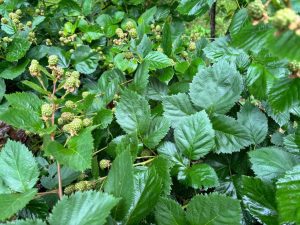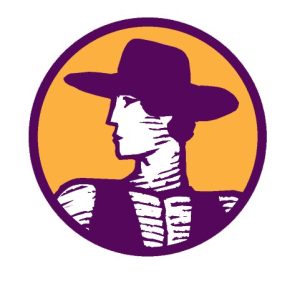Regenerative grazing is all about leaving the land in a better place than we found it, using animals as an ecosystem management tool for improving landscapes. But how do we do it? In this article, we’ll cover five essential tools that regenerative graziers use to plan, monitor and manage their grazing systems.
A Grazing Chart
A grazing chart is central to successful regenerative grazing. Not only does it allow graziers to plan out where their stock will be at which time, it also allows us to manage the complexity that is involved in livestock operations. With the ability to work around livestock events such as weaning and sales, plus the ability to add in the human layer of holidays and personal events, the possibilities for managing complexity with a grazing chart are endless. The grazing chart also becomes a great communication resource throughout the team. Understanding the planned stock moves and seeing it visually each day, everyone involved in stock management is now on the same page and can talk about any changes that need to be made.
Apps like Maia Grazing and AgriWebb can be used for this purpose, and have long-range communication benefits, but you often can’t beat the visual aid of a grazing chart on the wall of your brew room or farm entrance.
Pasture measurement device
Knowing how much grass is in front of your stock is critical in both the growing and non-growing seasons to determine whether you’ve allowed enough recovery periods or keeping on track of grazing your stockpile. The expert graziers can tell by eye how much DM/ha (dry matter per hectare) is in a pasture and work out from there how many days their stock will last in the paddock. Others can use a range of tools, including pressure plate meters and pasture rulers to determine how much feed is in the paddock. Alternatively, you can grab a pair of scissors or a brush cutter and fill a stockfeed bag to determine the area required for one “cow day” and extrapolate from there.
Your eyes, ears and nose
This is the tool that every grazier has at their disposal and yet they often neglect to use. The power of observation is key is to regenerative grazing success. Animal behaviour is generally the first indicator of how the system is going. Do they look happy, kicking their heels as they wander into a paddock and happily munch away? Or are they standing around with their head over the gate, sniffing at the water instead of drinking? Is their rumen full and their dung scores good and full of dung beetles? While we can use tools to measure our animals’ stress levels, weight gain and water quality, none is quicker and easier than our own observation.
Pen, paper, and a camera!
It’s great to stop for a moment and observe your animals, and they will tell you a lot about how they are going. But the power of this observation is amplified when we record it! If we notice that the stock water is being sniffed at in one trough, we can write it down and have it aerated and fixed for next time. If we notice a particular erosion spot, we can note it down, set up a quick monitoring site and plan to address the problem before the next graze. While it might be overwhelming when there is 1,001 (or closer to 1,000,001) different jobs to do on the farm, noting them down paddock by paddock can help you organise the chaos and improve your landscape little by little.
Your Holistic Context
If you’ve completed a Holistic Management course, you’ll have hopefully spent some time creating your holistic context. This is how your whole under management needs to be to create the quality of life that you desire. Having this Holistic Context in mind as you are grazing is like having a compass when you are lost in the bush. With nothing steering you back on the right track, you will inevitably walk in circles. Having a true north, and keeping it front of mind (rather than in your desk drawer), will allow you to stay creative, committed and driven to achieve the vision you want for yourself and your community.















